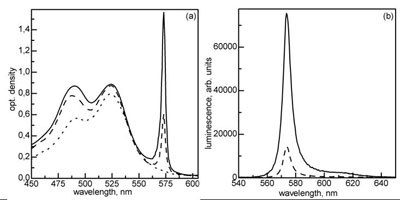 |
Home  Team Team  Contact us Contact us |
| About us | Our activity | Highlights | Publications | Gallery | New events |
| RE-doped nanocrystals | J-aggregates | Cell marking | Inorganic synthesis | Organic synthesis |
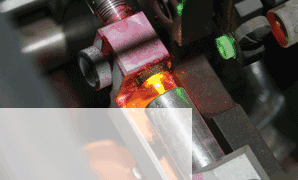 |
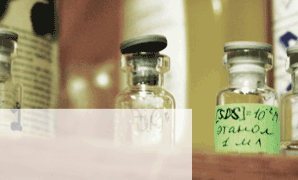 |
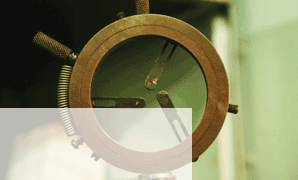 |
Control of J-aggregates luminescent properties
Our results:
1) Formation of the “J-aggregate-surfactant” complex for J-aggregates of three cyanine dyes (L-21, JC-1 and PIC (r)) has been observed in solutions containing surfactant CPB at concentrations higher than critical micelle concentration. The J-aggregates of all dyes investigated reveal the “herringbone” type structure. The complex formation enhances the cyanine dyes aggregation and improves J-aggregate structure that manifests via an increase of aggregate absorption H- and J-bands intensities and J-band narrowing. Moreover, complex formation causes the change of J-aggregate luminescence parameters, namely, a strong enhancement of luminescence quantum yield (up to 15 times) and the decrease of radiative lifetimes. Two processes are considered to be responsible for the changes of spectral characteristics, the increase of exciton delocalization length due to the J-aggregate structure improvement and a suppression of the exciton self-trapping. The exciton self-trapping inhibition is supposed to be the main process that causes the changes of luminescence properties.
Absorption (a) and luminescence (b) spectra of the PIC dye (C = 2.5•10–4 M) in a water solution with NaCl (0.2 M) in the absence (dashed lines) and presence (solid lines) of CPB (C = 10–3 M). Dotted line – absorption spectrum of PIC monomers (C = 10–6 M) in the solution (the intensity normalized for clear presentation).2) Using fluorescent microscopy and microspectroscopy optical properties and morphology transformations in individual PIC J-aggregates in aqueous electrolyte solutions have been explored. String-like structure of J-aggregates with the string diameter much less than 1 mkm has been observed. Photodestruction of the strings under short-wavelength excitation has been revealed. Rod-like PIC crystallites, about 1 mkm in diameter have been observed with time. The fluorescence spectrum of rod-like crystallites has been found to differ from both string-like J-aggregate and PIC crystal powder spectra. The crystallites are very stable and their photodestruction has not been observed under any excitation conditions. It has been found that rod-like crystallites in contract to string-like J-aggregates possess optical waveguide properties. The luminescence of crystallites can be observed only at the excitation spot and at butt-ends located up to hundreds micrometers from the excitation spot.
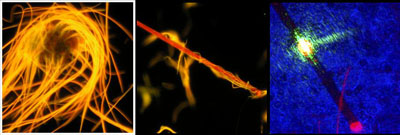
Main publications:
• G.Ya. Guralchuk, I.K. Katrunov, R.S. Grynyov, A.V. Sorokin, S.L. Yefimova, I.A. Borovoy, Yu.V. Malyukin. Anomalous surfactant-induced enhancement of luminescence quantum yield of cyanine dye J-aggregates // J. Phys. Chem. C. – 2008. – v.112, ¹ 38. – P. 14762-14768. abstract• Alexander N. Lebedenko, Gleb Ya. Guralchuk, Alexander V. Sorokin, Svetlana L. Yefimova, and Yuri V. Malyukin. Pseudoisocyanine J-Aggregate to Optical Waveguiding Crystallite Transition: Microscopic and Microspectroscopic Exploration// J. Phys. Chem. B. – 2006. – v.110, ¹ 36. – P. 17772-17775 abstract
• Yu.V. Malyukin, A.V. Sorokin, S.L. Efimova and A.N. Lebedenko. Photo-induced reorganization of molecular packing of amphi-PIC J-aggregates (Single J-aggregate spectroscopy) // Journal of Luminescence – 2005.– v.112.– P.429-433. abstract
to the top
